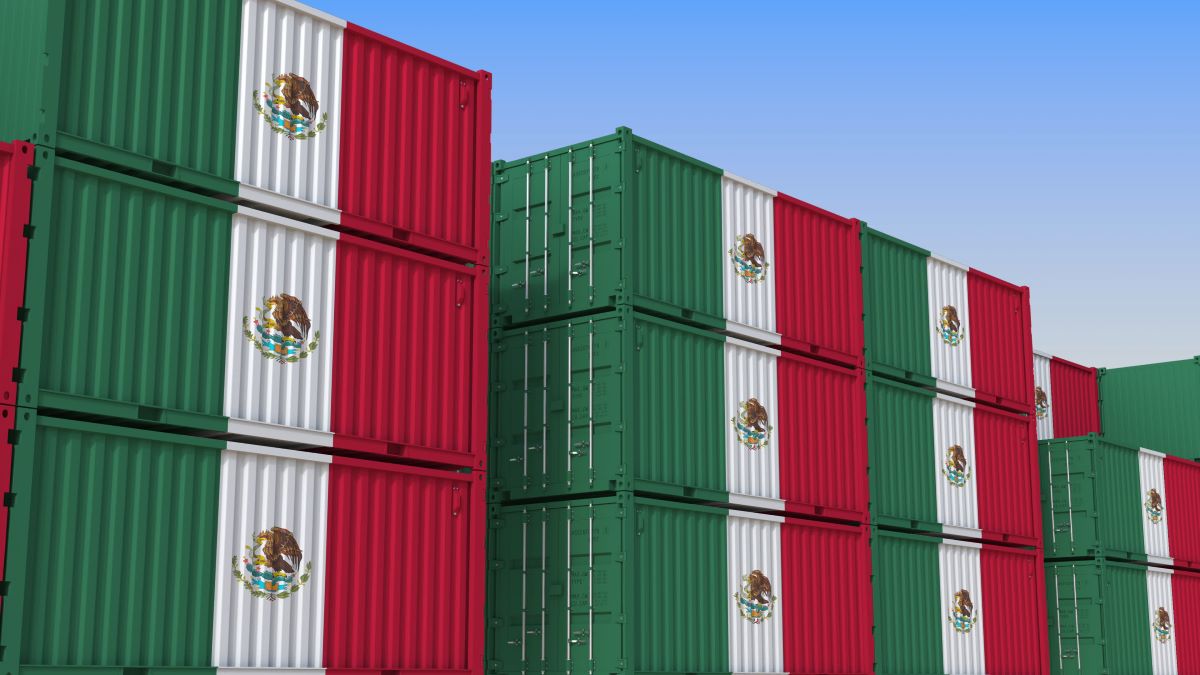As globalization slows, trade and supply chains are becoming less decentralised and less deeply interconnected. This phenomenon known as ‘slowbalisation’ could particularly benefit Mexico, says Morgan Stanley. In a report, the global financial services firm talks about Mexico’s nearshoring, a key step in this disintegration process, and its several advantages.
According to the report, trade tensions, supply-chain difficulties, and geopolitical concerns have compelled the US to look beyond China. It is now likely to consider geographically close and politically aligned allies, and Mexico fits the bill perfectly. Through Mexico’s nearshoring, US manufacturing companies are gradually moving production closer to their bases and domestic consumers, and away from Asia. Besides geographical advantages, Mexico offers a large, low-cost labour force and free-trade agreements with the US and Europe.
Morgan Stanley Research equity analyst Nikolaj Lippmann, says, “Nearshoring is expected to be a long and sustained race that could help build new ecosystems in Mexico’s existing manufacturing hubs.” According to Morgan Stanley, nearshoring could boost the growth of Mexican manufacturing exports to the US, from $455 bn currently to an estimated $609 bn in the next five years.
Also, new investment driven by nearshoring could reach about $46 bn in the next five years, helping boost Mexico’s annual GDP growth to around 3% in 2025 to 2027, from an estimated 1.9% in 2022. To highlight the growing nearshoring trend, Morgan Stanley cites a recent decision by the leading US electric car maker to open a $5 bn plant in Monterrey.
Despite the promises of nearshoring-led economic growth in Mexico, there are potential hurdles. Environmental regulation, quality of infrastructure, and intellectual property rights are the major challenges, according to a 2022 Morgan Stanley survey of global companies. Energy infrastructure is one such obstacle. Morgan Stanley estimates that Mexico would need roughly $40 bn in incremental spending to build enough generation capacity to power expansion from nearshoring-driven projects.
Talking of the markets, Morgan Stanley states that Mexican equities could outperform due to the nearshoring boom, especially in the financial, industrial, and consumer sectors. Some of the other sectors poised to benefit from the realignment of supply chains are industrial real estate, transportation and logistics, metals, and cement.
Strategists see further upside for domestic companies in the next five years as the second wave of nearshoring growth gathers momentum, stated Morgan Stanley.
Fernando D. Sedano, Morgan Stanley’s Latin America Economist, stated, “Nearshoring will happen over time, not overnight.” However, he is optimistic and states, “A boost in GDP growth would be transformative for domestic stocks, especially in the regions exposed to nearshoring.”
Read the full article here.
Read more

T. Rowe Price
Why US Treasuries may no longer be a safe haven
US Treasuries recent performance has fallen short of expectations.

Candriam
The euro bond market is back in focus
Rising yields and shifting fiscal dynamics are bringing the euro bond market back into focus.

Lombard Odier
EM equities – potential opportunities amid challenges
EM equities face renewed pressure amid US trade policy shifts, slowing growth, and investor outflows.

US Markets
100 days of Donald Trump
The first 100 days of Donald Trump’s second term have shaken markets. Asset managers weigh in on US equities, bonds, and the dollar.





















